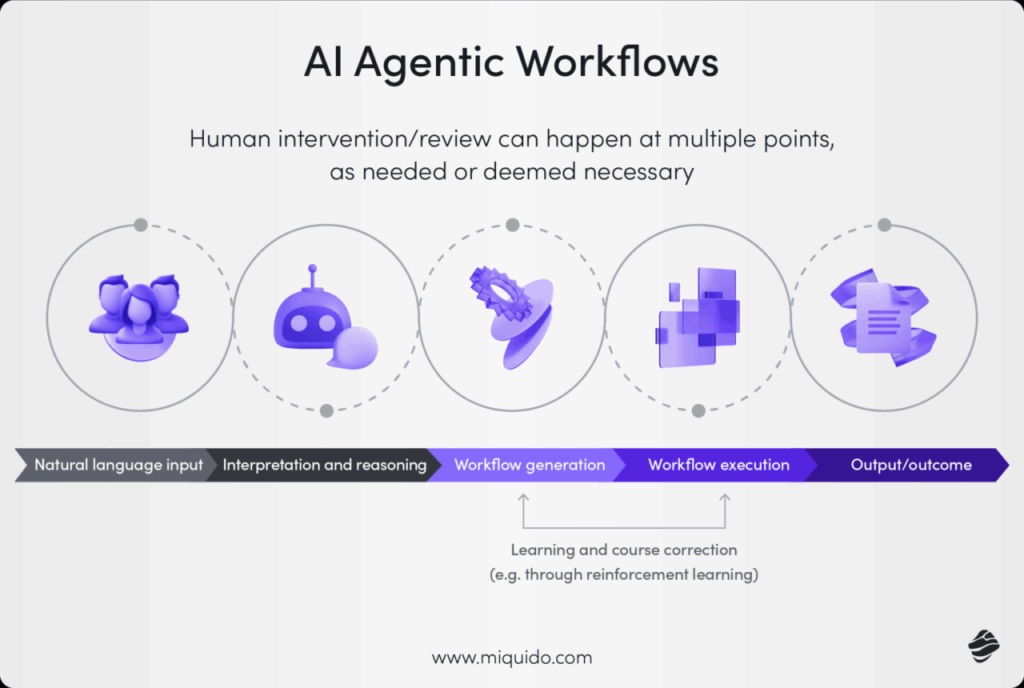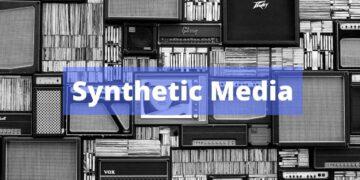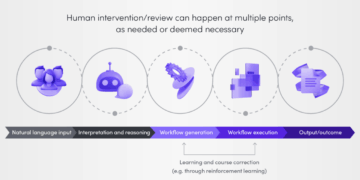As artificial intelligence (AI) grows more powerful and autonomous, the need for robust governance systems has become critical. The conversation is shifting from basic compliance and risk management toward dynamic, intelligent, and adaptive oversight—what many experts now call Agentic AI Governance Platforms.
These platforms combine traditional governance mechanisms with the capabilities of agentic systems—autonomous software entities that can reason, learn, and make decisions. The result is a new frontier of AI oversight: systems that can monitor, evaluate, and even self-correct the AI tools they govern.
This article explores the emergence of agentic AI governance platforms, how they work, why they matter, and what organizations must understand to harness their full potential.
What Is Agentic AI Governance?
Agentic AI governance refers to the use of AI agents—autonomous systems that act on behalf of human intentions—to oversee, audit, and guide other AI systems. These agents are not just passive monitors; they actively intervene, flag concerns, and make governance decisions in real time.
Traditional AI governance frameworks are typically static—relying on checklists, human oversight, and manual auditing. Agentic governance, by contrast, is:
Proactive rather than reactive
Autonomous and continuous
Contextually adaptive
Scalable across systems
The core premise is simple yet powerful: use AI to govern AI.
Why Traditional Governance Falls Short
Current governance structures are increasingly unable to keep pace with modern AI complexity:
A. Scalability Issues
Manual audits and human reviews cannot scale to the level required by complex, large-scale AI deployments.
B. Latency
Static governance models react after harm is done—often too late to prevent negative impacts.
C. Fragmented Oversight
In large organizations, AI systems may be spread across departments or even countries, making unified governance difficult.
D. Black-Box Behavior
Complex machine learning models—especially deep neural networks—are difficult to interpret, let alone govern manually.
Agentic governance platforms aim to solve these limitations through automation, intelligence, and real-time decision-making.
Key Components of Agentic AI Governance Platforms
Agentic AI governance platforms are built with several core capabilities:
A. Autonomous Agents
These are intelligent bots or software agents that operate independently, making decisions about compliance, ethics, or optimization.
B. Continuous Monitoring
The platform monitors AI behaviors, outputs, data flows, and model updates in real time.
C. Explainability Modules
Built-in explainable AI (XAI) tools help interpret decisions made by both the governed AI systems and the agents themselves.
D. Ethical and Legal Framework Integration
Rulesets based on laws, ethical guidelines, and company policies are embedded into the agent’s decision logic.
E. Multi-Agent Collaboration
Different governance agents handle distinct responsibilities—security, fairness, privacy—and work together to maintain overall system integrity.
F. Escalation and Override Logic
Agents can escalate high-risk decisions to humans or override AI decisions that conflict with predefined safety rules.
How Agentic AI Governance Works
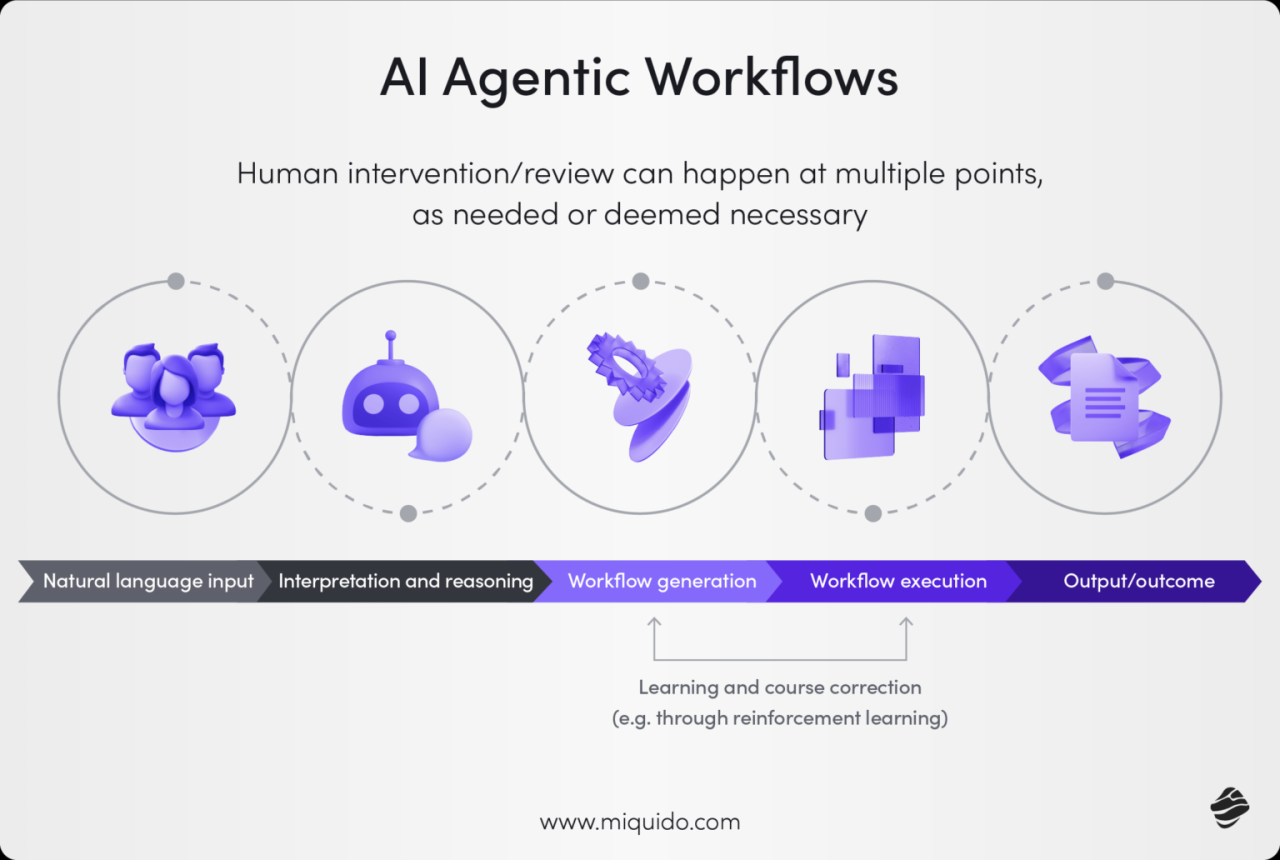
Imagine a real-world implementation of such a platform:
A. Scenario: Autonomous Credit Scoring
A bank uses an AI model to score customer credit applications. A governance agent is deployed alongside it.
B. Role of the Agent
Analyzes outputs in real time.
Flags disparities in score distribution across demographics.
Detects drift in the model’s behavior due to shifting economic conditions.
Temporarily halts decisions if unfair patterns are detected.
Notifies compliance officers and provides an interpretability report.
C. Result
Issues are caught instantly—not months later during an audit. The model is retrained, bias is reduced, and trust in AI remains intact.
Benefits of Agentic AI Governance
Integrating agentic systems into governance offers many transformative advantages:
A. Real-Time Compliance
Instant detection and action on policy breaches prevent damage before it happens.
B. Reduced Operational Costs
Automation eliminates the need for massive human audit teams.
C. Increased Trust and Transparency
Explainable agents can justify decisions clearly to both technical and non-technical stakeholders.
D. Scalability Across AI Ecosystems
Agentic platforms can scale across multiple AI deployments, teams, or regions.
E. Faster Innovation Cycles
With governance automated, development teams can iterate more quickly without compromising safety.
Applications Across Industries
Agentic governance platforms are relevant to almost every industry deploying advanced AI:
A. Healthcare
Governance agents ensure medical AI adheres to HIPAA, bias standards, and patient safety protocols.
B. Finance
Autonomous auditors monitor algorithmic trading, fraud detection, and lending systems.
C. Manufacturing
AI systems on factory floors are monitored for safety violations, predictive maintenance anomalies, and ethical labor compliance.
D. Transportation
In autonomous vehicles, agentic platforms supervise AI decision-making, routing logic, and environmental safety.
E. E-Commerce
Governance agents track AI recommendations to avoid harmful content, discrimination, or price gouging.
Integration With Emerging Technologies
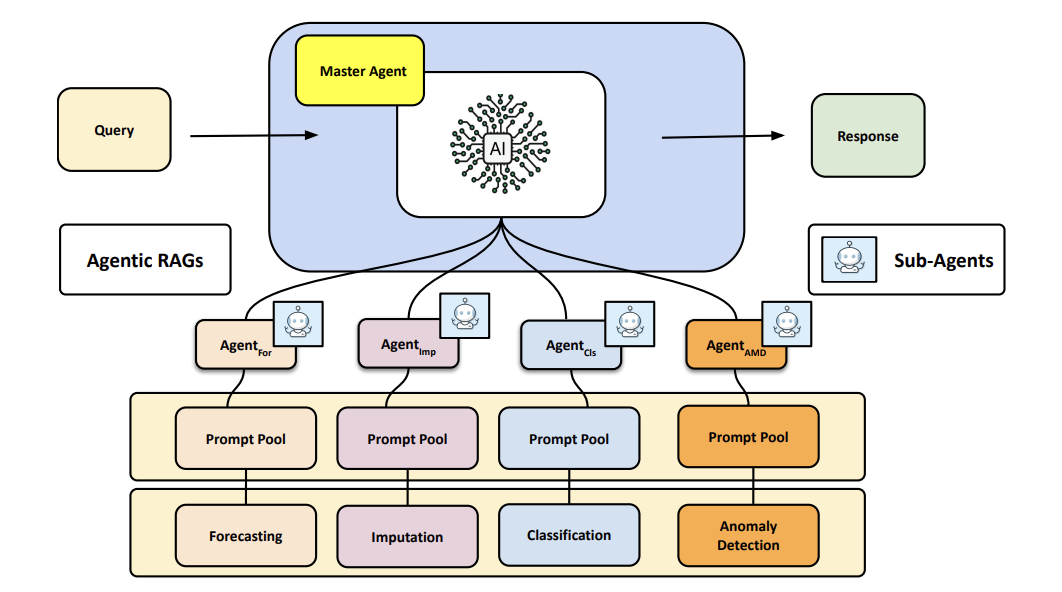
Agentic governance platforms are most powerful when integrated with other next-gen technologies:
A. Blockchain for Audit Trails
Immutable ledgers track agent decisions and AI actions, creating robust accountability frameworks.
B. Zero-Trust Security
Agentic platforms support secure access control and real-time breach detection.
C. Natural Language Interfaces
Voice-based or chatbot interfaces allow humans to query governance agents conversationally.
D. Digital Twins
Simulated environments where governance agents can test and validate new AI behaviors safely before deployment.
Challenges and Risks
Despite their promise, agentic AI governance platforms face significant hurdles:
A. Agent Reliability
Autonomous agents must be fail-safe. Poorly coded governance logic can lead to flawed decisions.
B. Interpretability
Even governing agents need explainability, or they become another black box.
C. Legal Accountability
If an agent makes a governance decision, who is legally responsible—the company, the developers, or the agent?
D. Cost and Complexity
Implementing such platforms requires significant technical investment and organizational change.
E. Resistance to Change
Teams accustomed to manual governance may resist handing control to autonomous agents.
Best Practices for Implementation
Organizations adopting agentic AI governance platforms should consider the following:
A. Define Governance Objectives
Start with clear goals: bias detection, privacy enforcement, regulatory compliance, etc.
B. Build Ethical Rule Engines
Incorporate policies based on real-world ethics, human rights, and legal standards.
C. Start with Hybrid Governance
Use human + agent teams before moving to full autonomy.
D. Monitor Agent Performance
Treat governance agents as living systems—continuously monitor, update, and improve them.
E. Train Teams
Ensure developers, data scientists, and compliance officers understand how the agents operate.
Future Trends in Agentic AI Governance
The future of AI governance will become increasingly autonomous, self-improving, and inter-operable:
A. Self-Evolving Governance Agents
Agents that learn from their own history to improve future oversight decisions.
B. Federated Governance Systems
Decentralized oversight where multiple organizations’ agents collaborate on industry standards.
C. AI-First Regulation Compliance
Governance agents dynamically adapt to new global laws (such as EU AI Act or CCPA updates) in real time.
D. Agent Marketplaces
Open platforms where third-party governance agents can be licensed and integrated.
E. Collective Intelligence
Swarm-style governance where agents simulate democratic oversight through voting or consensus algorithms.
Agentic Governance and Responsible AI
Governance platforms are essential to building responsible AI—AI that is ethical, accountable, and aligned with human values. Agentic oversight ensures:
Bias is identified and corrected early.
Decision-making is transparent.
AI behavior remains aligned with organizational and societal goals.
The result is AI that not only works but works responsibly.
Conclusion: Governing AI With AI
As AI becomes more complex, scalable, and embedded into daily life, traditional oversight mechanisms can no longer keep up. Agentic AI governance platforms offer a revolutionary way forward: using intelligent, autonomous systems to audit, evaluate, and guide other AIs.
This self-regulating paradigm doesn’t just promise better compliance—it’s a leap toward safer, fairer, and more accountable AI development. For organizations investing in AI, adopting agentic governance may become not just an option, but a necessity.
In the coming years, the question won’t be whether to use AI to govern AI—but how well you’ve trained your agents to protect, guide, and evolve your systems.

